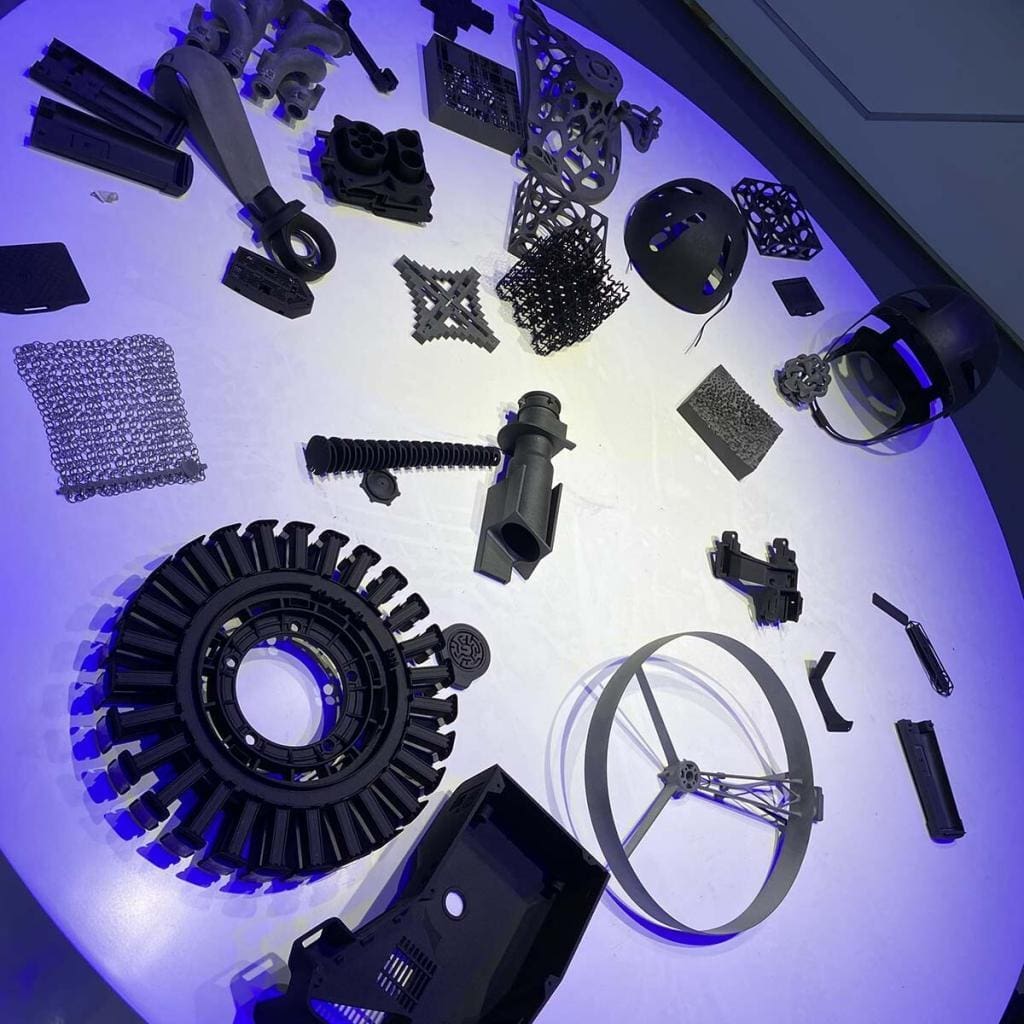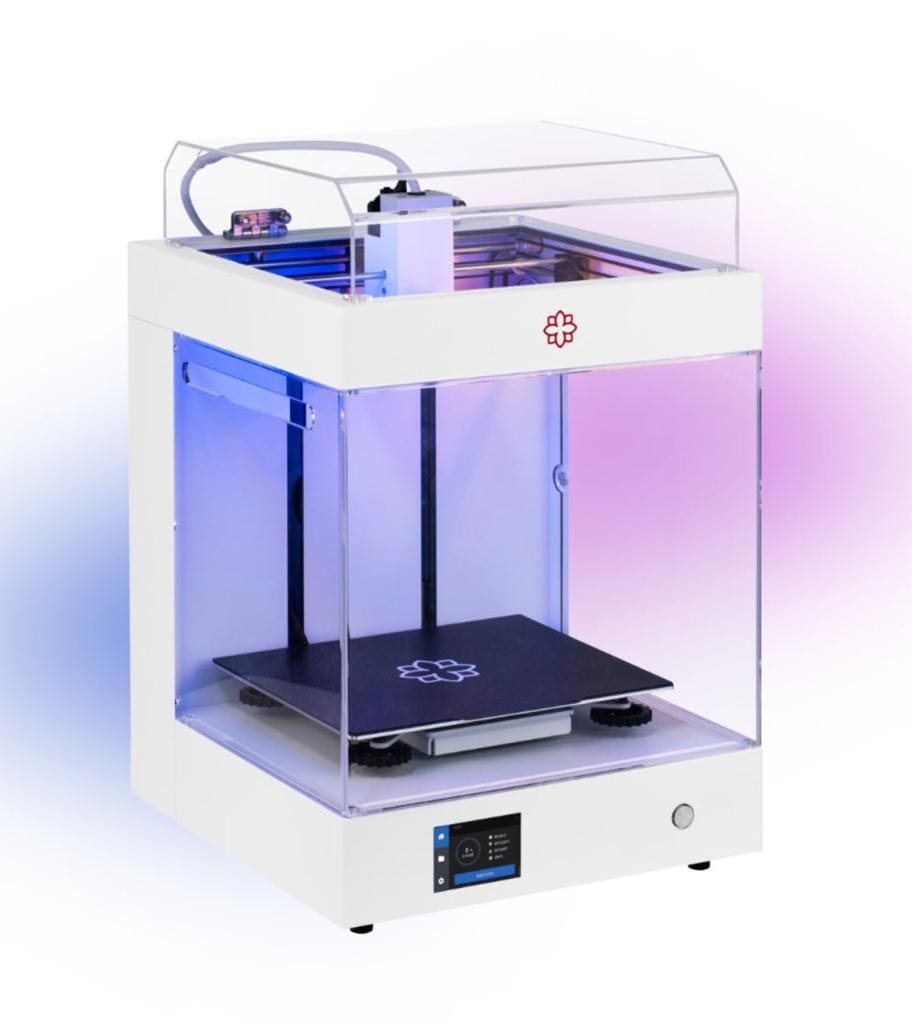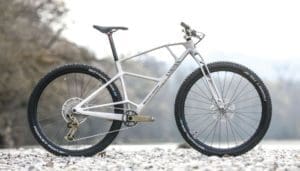1. Titanium alloy material
Titanium alloy has the advantages of low density, high strength, corrosion resistance, heat resistance, low temperature performance, non-magnetic and other good comprehensive mechanical and physicochemical properties.
selective laser melting (SLM), selective electron beam melting, Selective electron beam melting, SEBM technology and direct energy deposition (DED) technology are the main technologies.
Applications of titanium alloys
(1) Aerospace
At present, 3D printing aerospace products account for 10% to 15% of the whole 3D printing application field, which has huge potential. This is mainly because 3D printing technology can not only be directly used in the manufacturing of aerospace functional structural parts, but also shape parts with complex functional design requirements, which are difficult to manufacture or even cannot be directly manufactured by traditional methods, for structural verification, functional testing, batch direct application, etc. According to user design requirements can be shaped and manufactured personalized, small batch, customized products. At the same time, it can also be used for high-performance repair and remanufacturing of metal parts to realize the lifetime manufacturing and guarantee of high-performance metal parts, and can be combined with traditional technology to form composite or combination manufacturing, improve the efficiency of traditional manufacturing technology, and promote the upgrading of traditional manufacturing technology.



(a) titanium shaped waterway (b) titanium aviation nozzle (c) Titanium components for Boeing 787 aircraft
(2) biomedicine
The 21st century is the era of personalized medicine. As an important means to realize personalized medicine, 3D printing technology has become a cutting-edge manufacturing technology that countries compete to develop. For example, the United States, the European Union, Japan, China, Singapore and other countries have listed biomedical 3D printing as one of the priority development directions when developing national development strategies for 3D printing. In 2014 alone, approximately more than 20 bio-3D printed personalized implants received or applied for FDA registration, covering skull, hip bone, knee, spine and other products, and nearly 50,000 more personalized hip joints were used for personalized treatment of patients.



(a) titanium denture (b) titanium hip (c) titanium skull
(3) Automobile, mold and other fields


(a) Titanium alloy road vehicle frame (b) Titanium alloy wheel frame










